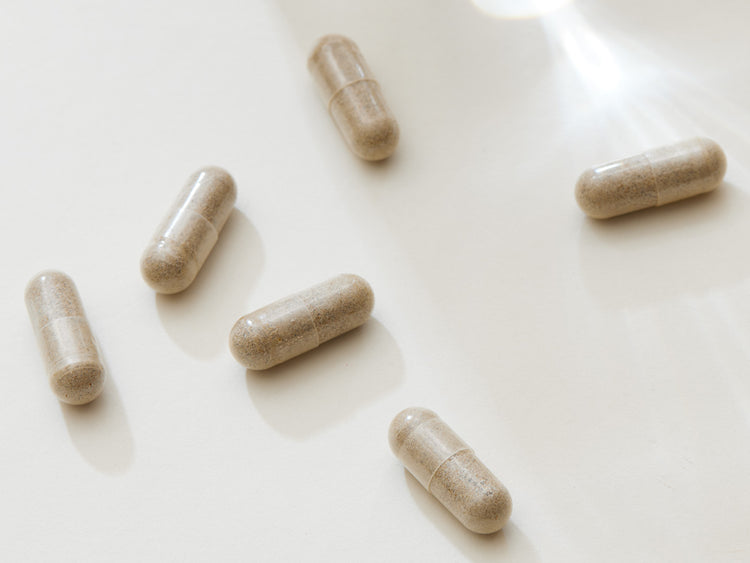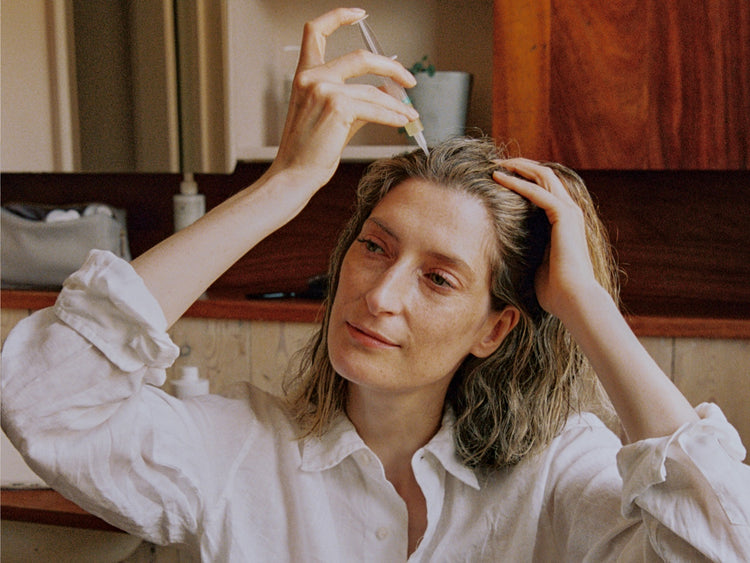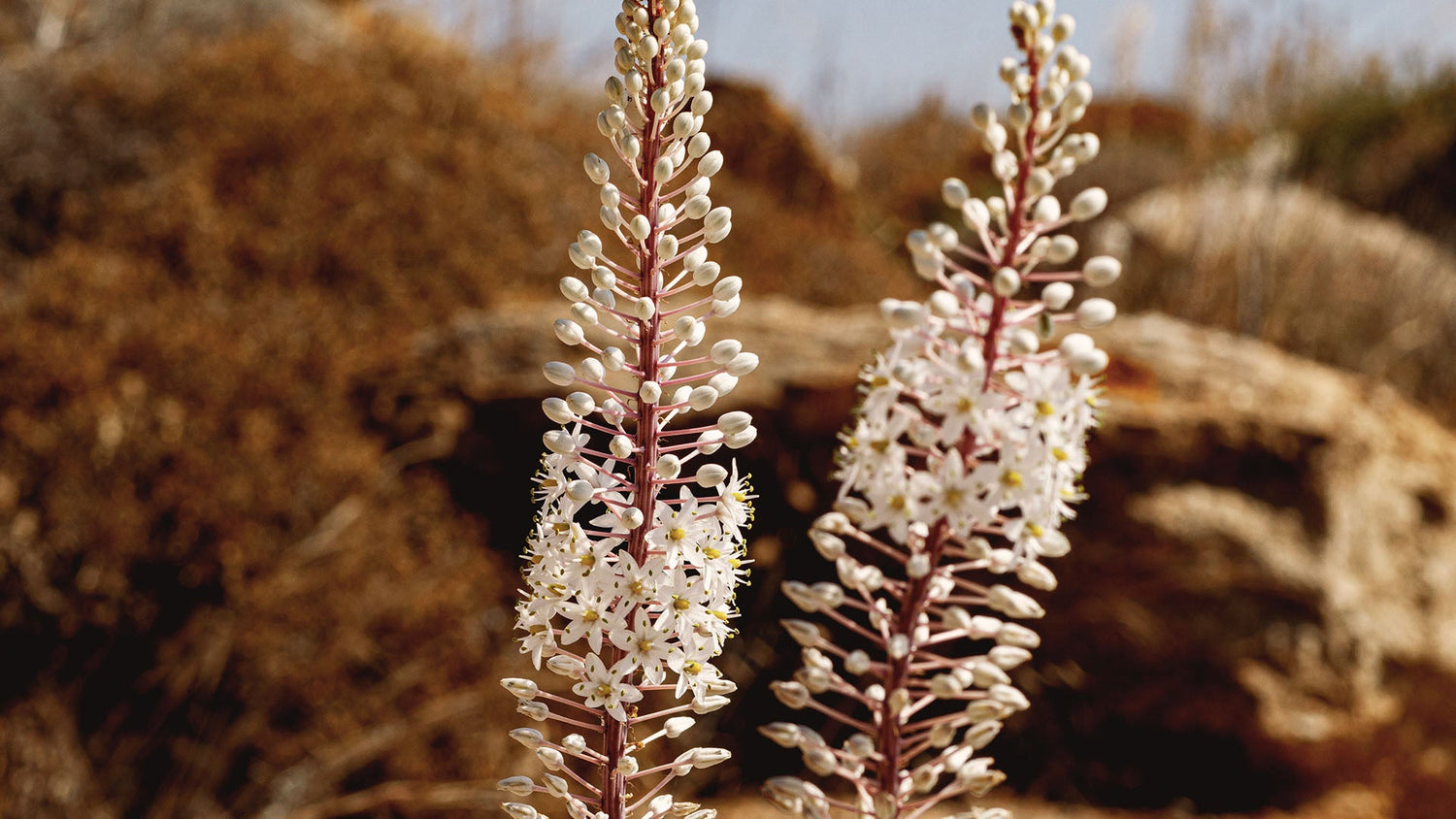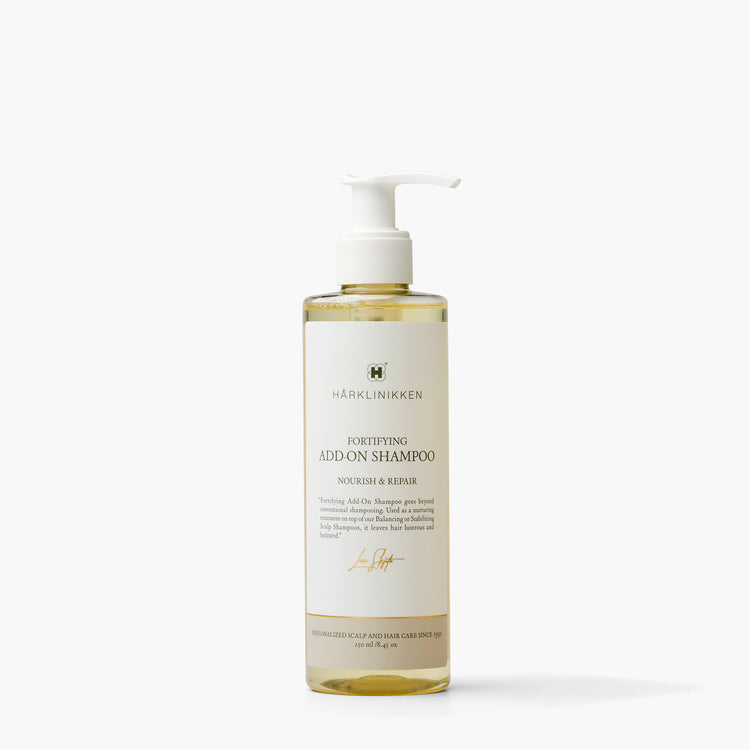Having an itchy and flaky scalp can be equal parts infuriating and embarrassing, but it’s also difficult to know if it’s dandruff or a case of dry scalp. There are several similarities between the two conditions, but they are not necessarily the same. One can be a chronic – but manageable – condition, while the other is typically due to outside factors like weather or using the wrong products. If you’re finding yourself scratching (stop that) your scalp, read on.
What are the similarities and differences between dry scalp and dandruff?
With several overlapping symptoms, dandruff and dry scalp can manifest in the following ways:
- Itchiness
- Red and/or irritated scalp
- Flaky scalp
- Sores from excessive scratching
If you analyse your scalp a little closer, you might see these potential differences:
- Flakes from a dry scalp are small and white in appearance, while flakes from dandruff are larger, yellow-hued, and feel oily between your fingertips.
- People with dry scalp tend to have more dry lengths of hair, while those with dandruff tend to have more oily lengths of hair.
What exactly is dandruff?
Dandruff can be a mild form of seborrheic dermatitis caused by an excess of oil on the scalp or it's a result of an overgrowth of Malassezia yeast. Dandruff flakes are dead skin cells that have shed rapidly, causing them to clump together at the scalp.
What exactly is dry scalp?
A dry scalp occurs when the skin lacks adequate moisture to keep the scalp hydrated. This lack of moisture then leads to irritation and flakes.
What causes dandruff?
A common cause of dandruff is an overgrowth of a fungus called Malassezia on the scalp due to infrequent or inadequate cleansing. Malassezia feeds on sebum – oil produced in the sebaceous glands in the hair follicle. As Malassezia breaks down sebum into oleic acid, this can trigger the body to renew skin cells at a rapid pace. These dead skin cells visibly accumulate together, leaving flakes on the scalp.
Behaviour that can cause dandruff includes going to bed with wet or damp hair, wearing a hat or scarf too often or over wet hair, or tying hair up when it’s not fully dried. This creates the perfect environment for bacteria and fungus to thrive.
What causes dry scalp?
Some common causes of dry scalp are contact dermatitis (which can come from using the wrong hair products) and weather changes. Contact dermatitis occurs when a substance irritates the skin or causes an allergic reaction. Common irritants on scalp often comes from shampoos and styling products that contain fragrances, colorants, problematic preservatives, silicones, and mineral oils. As for the weather, cold climates that lack humidity can quickly dry out your scalp.
How to prevent and treat dandruff
The best ways to control dandruff are maintaining a regular cleansing routine with the right shampoo, reduce wearing hats, especially when hair is damp, and decreasing stress levels whenever possible.
Cleansing daily or every second day with Stabilizing Scalp Shampoo or Balancing Shampoo can help keep dandruff under control. It is also essential to be mindful that you are shampooing correctly by focussing on cleansing the scalp thoroughly. Sometimes dermatologists will also recommend using an anti-fungal or anti-dermatitis shampoo.
Increased stress causes cortisol to rise, which can lead to oil glands producing more sebum in the hair follicles. As mentioned, increased oil production on the scalp will allow Malassezia to thrive. Try to manage your stress levels through your preferred self-care rituals to avoid dandruff flare-ups. Getting plenty of sleep is a great place to start.
How to prevent and treat dry scalp
If you are experiencing dry scalp due to contact dermatitis, it's crucial to find out which irritant is causing the reaction. That means it’s time to review your current scalp and hair routine. Most cases of contact dermatitis will resolve on their own once the irritant has been identified and removed. It may be beneficial to visit your dermatologist for assistance in determining what may be causing your reaction.
If your dry scalp is seasonal, it's essential to maintain a regular cleansing routine with the right type of shampoo – no matter the weather. We also recommend lukewarm to warm (not hot) water when showering and rising out shampoo thoroughly. We also suggest using hot styling tools less often, avoiding scratching the scalp when it's itchy, and various other tips for cold weather. If your dry scalp persists, consult a dermatologist for further diagnosis and treatment.
Hårklinikken’s Gentle but Effective Shampoos
Stabilizing Scalp Shampoo
More than just a cleanser, our Stabilizing Shampoo is an effective and yet mild cleanser that nourishes the scalp and hair. Uniquely formulated with constituents found in our Burdock Root Extract, like glycosides, it’s designed to optimise conditions of your scalp for healthier, stronger and more lustrous hair.
Balancing Shampoo
Our award-winning Balancing Shampoo is made with mustard seed oil and works in harmony with your scalp, helping to balance its pH level to create the optimal environment for healthy hair follicles and hair growth. Unlike many shampoos on the market that can leave your hair dry and your scalp feeling tight or irritated, this formula provides a cleanse that’s gentle enough to use daily.
Fortifying Shampoo
Designed as an add-on cleanser to be used with our other shampoos, our Fortifying Shampoo provides extra care and hydration for dry, brittle hair. Ingredients including flax, Glycosides and Aloe Vera leaf extract work in synergy to strengthen and repair damaged strands.
Hårklinikken’s Shampoos
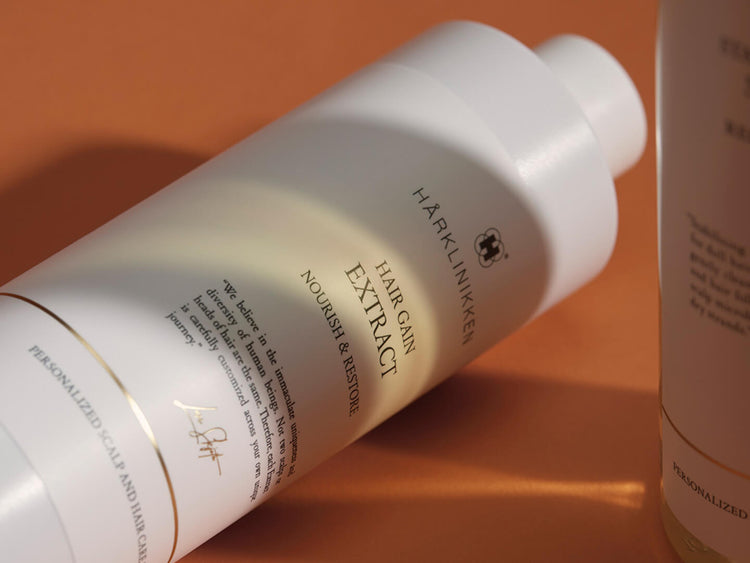
Unsure where to start?
We only accept candidates who we believe we can help, which is why our online Hair Assessment is the best place to start. Based on your results, you will either qualify for immediate treatment or we will organize a consultation.
